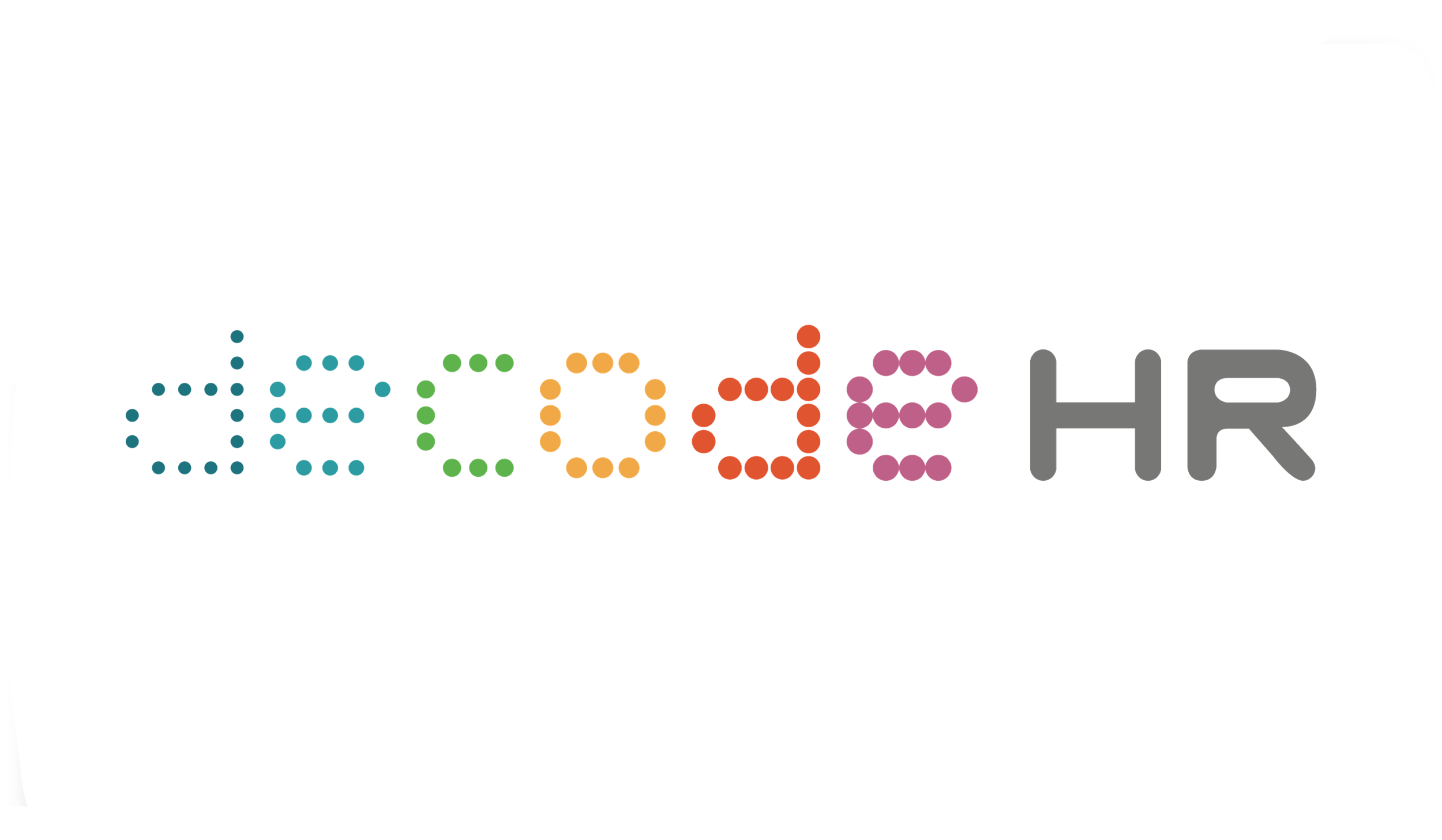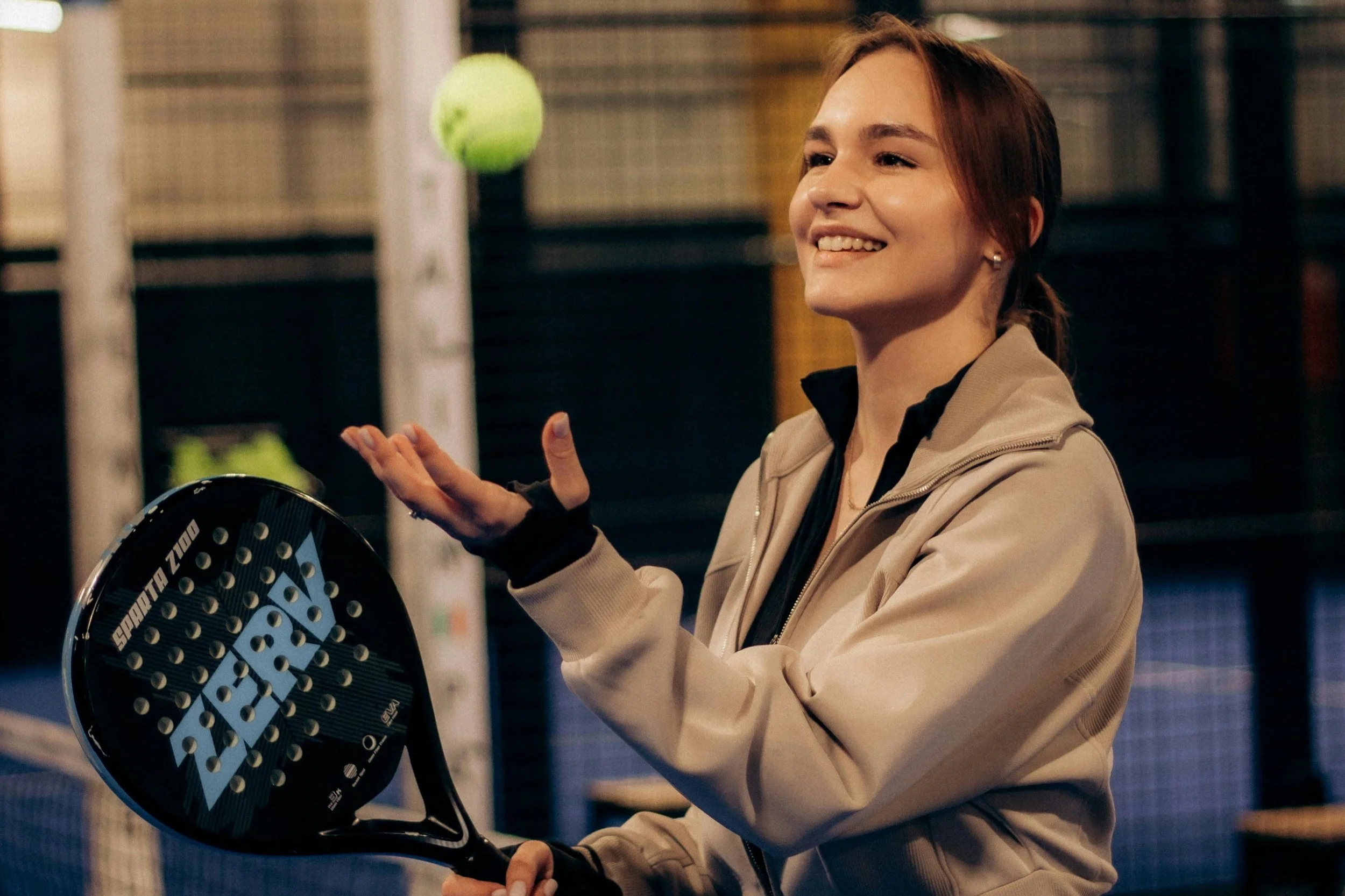Simplifying the Tech Journey for our Older Workers
Reading time: 7 mins
In our previous article, Older Workers Can Learn Tech Too!, we talked about seven tech adoption factors. Today we'll focus on how we can influence them. Before we think about how to influence the seven determinants, let's take a look at a classic behavioural model from 1980: the Theory of Planned Behaviour (TPB). TPB predicts behaviour by considering people's attitudes, perceived social pressure, and perceived control [1].
An attitude is our evaluation of an object of thought. An object can be anything people hold in mind, including groups, people, ideas, and so on. This theory suggests that seniors have a specific attitude on technology that blocks them from using it. Schwarz has an interesting view of attitudes. He viewed them as evaluative judgments created by people in a specific situation based on the currently available information. He considers the contextual factor.
Perceived social pressure is related to a social norm. According to TPB, social norms consist of two aspects: people's beliefs and evaluations, and the individual's motivation to comply with other people's expectations.
Lastly, perceived control is your evaluation of a sense of control in performing the intended behaviour. This definition shares similarity with the term self-efficacy, we mentioned in our previous article
How Can We Influence the Seven Factors?
Value
Value is the perceived usefulness and potential benefit of using tech. There are a couple of things worth mentioning if we want to influence the value, namely the convenience and ease of use of tech and self-efficacy.
Sharing information in simple language with a clear roadmap is a great way to influence the perceived value of technology. You can raise the sense of relevancy of adopting tech by highlighting other companies or employees that successfully adopted similar technology. The same goes for underscoring the need for using tech to get a competitive advantage against competition. One-on-one coaching can positively influence seniors' self-efficacy [2]
In a study where 1,895 coachees received executive coaching was found that coachee perceptions of the coaching outcome significantly relates to working alliance, their self-efficacy, and attitudes of coaching interventions [3].Based on the latter, it is safe to assume that influencing the idea of receiving coaching in a positive light could have a positive effect on the coaching journey outcome. One way to give the impression of receiving coaching a more attractive sound to it is by sharing stories of how coaching helped people find their way to learn new tech. Another essential element is to explain what coaching exactly is. People should understand that coaching is not the same as receiving therapy. A coach guides a coachee to their goal and real potential.
Usability
Usability is the efficiency of using tech, including non-complexity, clear structure, and overall user-friendly. The degree of influencing usability depends on how sophisticated the technology is. If that's the case, then providing technology usage courses is a solution. When teaching seniors these advanced technologies, the use of analogies for tech jargon makes learning more attractive [4]. Who has the patience to keep listening to jargon they don't understand?
Literature advises the following for teaching technology effectively:
Give seniors time to process information
Listen and assist them with difficulties
Minimise the amount of reading
Give them time to practice the new technology
Before we give this training, we need to ensure seniors' attitude on the value of adopting tech being positive, because it increases their intention of using the technology. As mentioned before, providing information regarding benefits, clear steps, and coaching are practical solutions to increase value and readiness for giving technology a try. Lastly, the relationship between the coach and coachee plays a notable role in the success of the coaching sessions.
Social support
Providing social support could help seniors to adopt technology before, during, and after tech adoption. If we make sure that the attitudes of all employees who share similar roles using the same technology are aligned, we can create social support opportunities. That way, seniors will not feel alone in their mission to embrace the new tech. Also, in the use of the newly implemented technology, they have people to rely on when facing difficulties. In our previous article, we mentioned the great importance of fast, accessible technical support is available to seniors in case of technical problems.
Social support can contribute to enhancing self-efficacy, which reduces stress, especially when employees experience low self-efficacy [5]. Seniors may interpret receiving social support as being unfit of managing the situation, which in turn can have a damaging effect on their self-efficacy. We can prevent this sense of feeling by communicating clearly. Communication is key.
Emotions
Emotions could play a key role in different ways. Seniors might fear losing social contact with people. The same goes for self-efficacy, mainly because being afraid of lacking the skill to adopt tech is connected with emotions. People often make decisions based on emotions [6]. As I mentioned before, social support can help reduce fear and increase self-efficacy. Providing one-on-one coaching is very useful for employees who are struggling with the adoption of technology. A coach challenges employees to think further about their fears and other emotions by asking relevant questions. Coaches also contribute to employees' personal development. Four aspects of coaching success are [7]
Autonomy support, which is similar to one of the determinants: 'independence'. To preserve the desire for autonomy, we can emphasise the opportunities using tech can create. We could say that automating some tasks means more time for other more valuable roles, which technology cannot reproduce.
The extent to which a coachee feels happy working with their coach
The extent to which the coaching relationship was similar to an ideal coach-coachee relationship. This 'ideal' relationship is, however, subjective.
A goal-focused coach-coachee relationship.
Other than coaching, recognising the struggles of senior employees and giving them time to cope and adopt at their own pace is crucial. Also, supporting them emotionally and cognitively can reduce doubts.
Independence
People have a natural need for independence, which is a positive thing, as research found that autonomy increases the productivity and motivation of employees [8]. Seniors might fear that technology makes their performance depend on it, which not only can cause stress but distaste for tech adoption as well. We need to highlight the positive sides of using new technologies for them and the company. We should emphasise the fact that technology does not make you depended on it, it's the other way around: technology depends on human control. Also, making processes more time-efficient allows senior employees to fulfil additional meaningful tasks, which leaders or coaches should highlight.
Experience, perceived familiarity
Features of new technology that are familiar to seniors should be highlighted and presented. If the new technology is unique, it might be useful to invite someone who already adopted it, preferably a senior who can serve as a role model. When teaching seniors tech and providing one-to-one support on the adoption of new technology, consider these critical aspects of teaching [9]:
Speaking their language;
No technical terms;
And maintaining an appropriate pace for them to follow along.
Confidence
We should inform seniors who experience a lack of confidence in adopting new technology systems and prefer working the traditional way where they feel comfortable with the need for adoption. Then we need to assist them in boosting their confidence. We can show the need for adoption by presenting statistics of efficiency and profit, and the use of best practices, for example, competitors that are already using such systems. Providing social support and coaching, as I mentioned earlier, are also great ways to boost the confidence of senior employees. The question is how we can help older workers increase their confidence in adopting technology. Can we come alongside them? Can we spend time to address their doubts and queries? It may take a little more time. If this helps them take that step, why not try it? Leadership skills could make a difference, as we explain in this article.
REFERENCES
[1]Young, H. M., Lierman, L., Powell-Cope, G., Kasprzyk, D., & Benoliel, J. Q. (1991). Operationalizing the theory of planned behavior. Research in Nursing & Health, 14(2), 137–144. https://doi.org/10.1002/nur.4770140208
[2]De Haan, E., Grant, A. M., Burger, Y., & Eriksson, P.-O. (2016). A large-scale study of executive and workplace coaching: The relative contributions of relationship, personality match, and self-efficacy. Consulting Psychology Journal: Practice and Research, 68(3), 189–207. https://doi.org/10.1037/cpb0000058
[3]De Haan, E., Grant, A. M., Burger, Y., & Eriksson, P.-O. (2016). A large-scale study of executive and workplace coaching: The relative contributions of relationship, personality match, and self-efficacy. Consulting Psychology Journal: Practice and Research, 68(3), 189–207. https://doi.org/10.1037/cpb0000058
[4]Lee, C., & Coughlin, J. F. (2014). PERSPECTIVE: Older Adults’ Adoption of Technology: An Integrated Approach to Identifying Determinants and Barriers. Journal of Product Innovation Management, 32(5), 747–759. https://doi.org/10.1111/jpim.12176
[5]Crockett, E. E., Morrow, Q. J., & Muyshondt, A. C. (2016). Circumnavigating the cost of support. Journal of
Social and Personal Relationships, 34(4), 578–593.https://doi.org/10.1177/0265407516649264
[6]Hutchinson, K. (2017). Stories and Storytelling for Small Business Leaders. Leadership and Small Business, 69–87. https://doi.org/10.1007/978-3-319-64777-7_5
[7]De Haan, E., Grant, A. M., Burger, Y., & Eriksson, P.-O. (2016). A large-scale study of executive and workplace coaching: The relative contributions of relationship, personality match, and self-efficacy. Consulting Psychology Journal: Practice and Research, 68(3), 189–207. https://doi.org/10.1037/cpb0000058
[8]Rupietta, K., & Beckmann, M. (2017). Working from Home. Schmalenbach Business Review, 70(1), 25–55. https://doi.org/10.1007/s41464-017-0043-x
[9]Hannon, C., & Blackwell, P. (2007). Web I’m 64: Ageing, the Internet and digital exclusion. Retrieved from http://www. demos.co.uk/projects/webim64
What to Read Next:
COPYRIGHT © 2020 DECODE HR PTE LTD. ALL RIGHTS RESERVED








